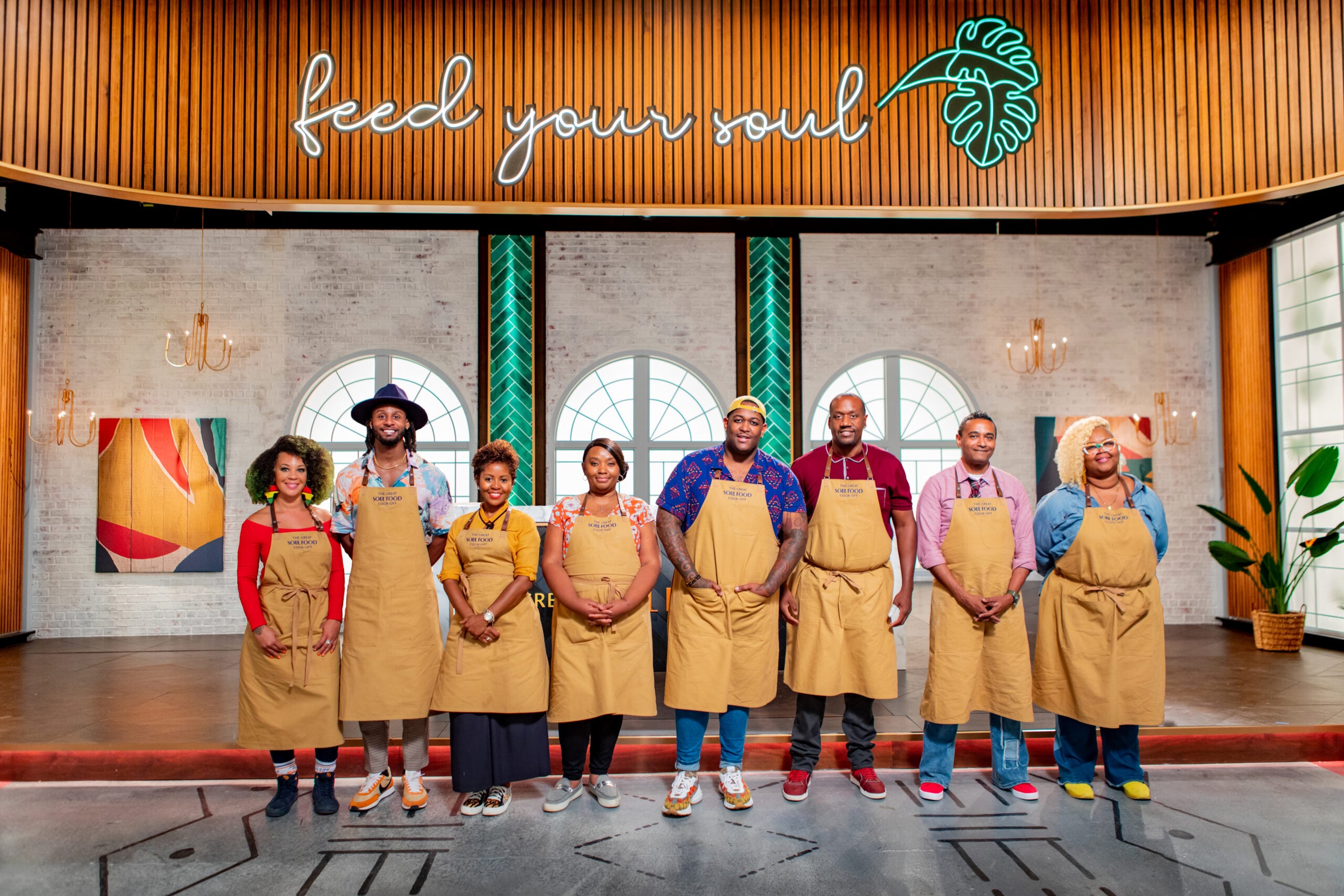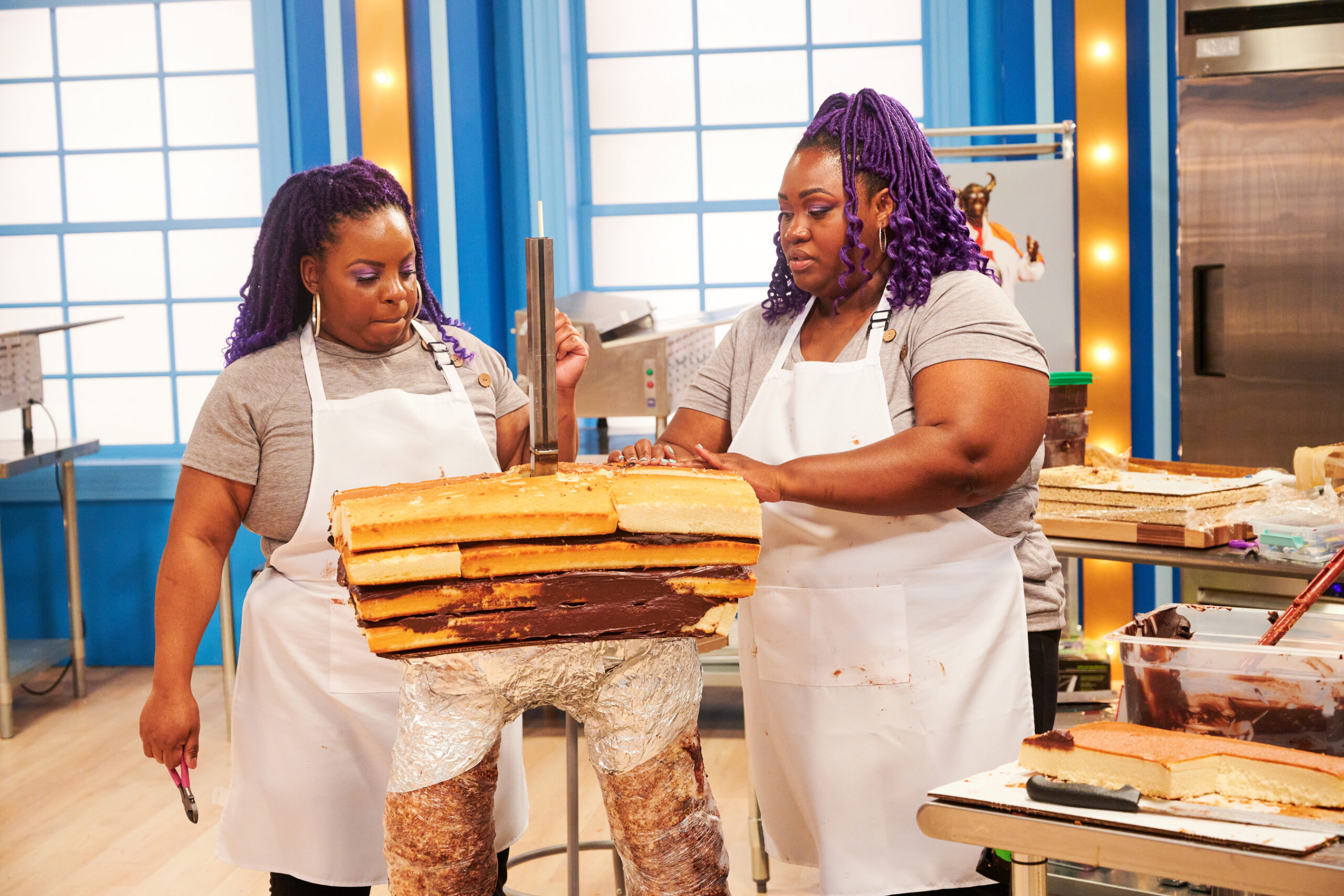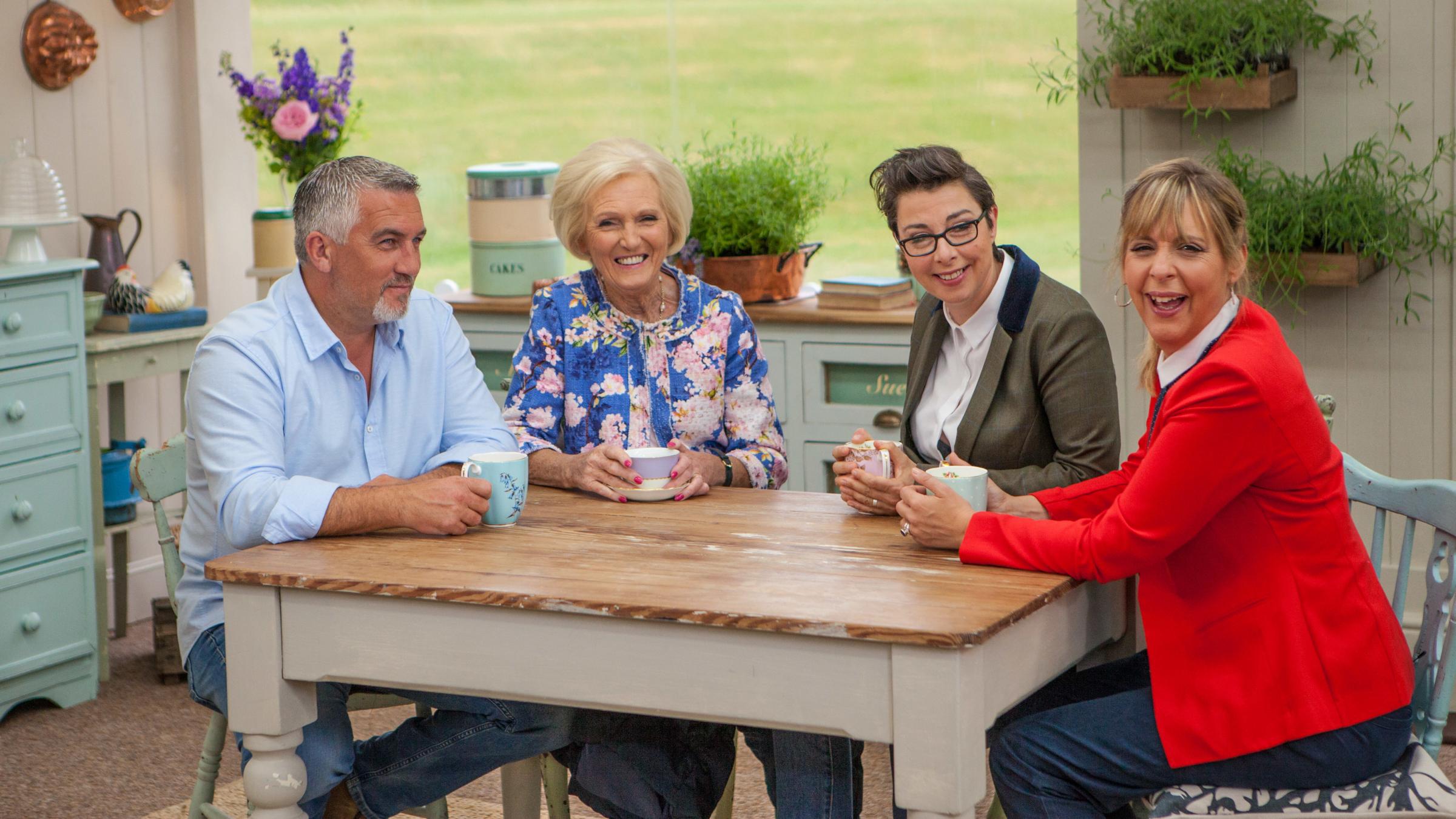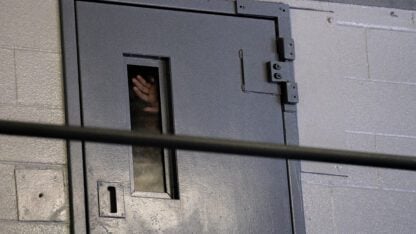‘Morley Safer Helped Create The CBS News We Know Today’
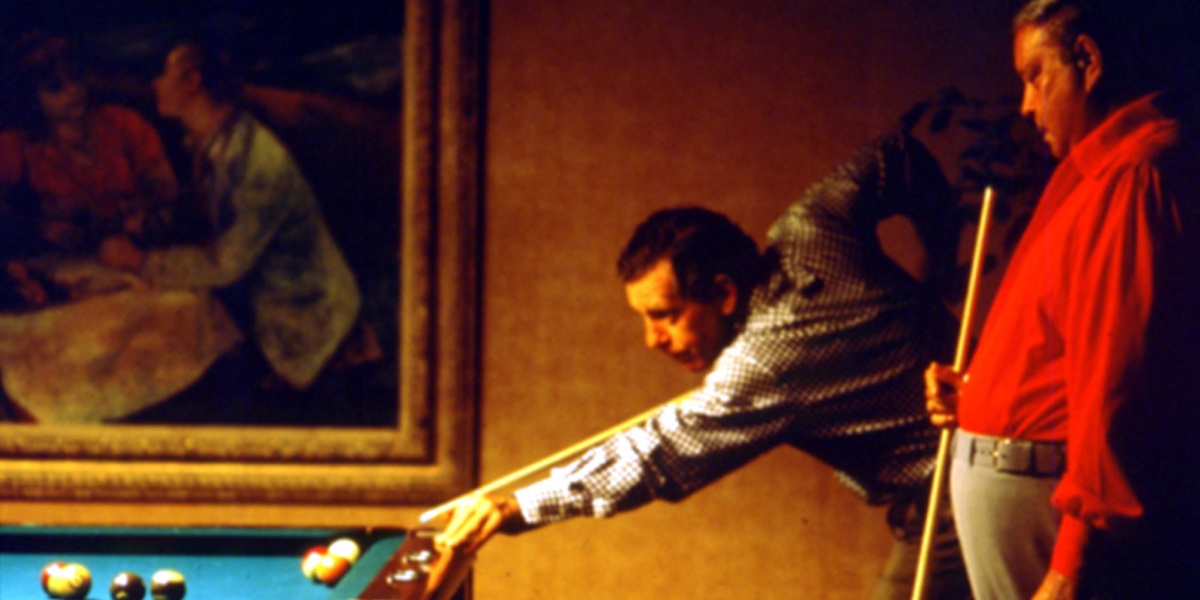
60 Minutes/CBS via AP
Morley Safer, the veteran “60 Minutes” correspondent who was equally at home reporting on social injustices, the Orient Express and abstract art, and who exposed a military atrocity in Vietnam that played an early role in changing Americans’ view of the war, died Thursday, according to Kevin Tedesco, a CBS News publicist.
Safer, who had been in declining health, died at his home in Manhattan. He announced his retirement last week and “60 Minutes” aired a tribute hour on Sunday, which he watched from his home, Tedesco said.
That program marked the close of a 61-year career for Safer, who, the network said, had the longest-ever run on prime-time network television.
Safer, who once claimed “there is no such thing as the common man; if there were, there would be no need for journalists,” was 84.
“This is a very sad day for all of us at 60 Minutes and CBS News. Morley was a fixture, one of our pillars, and an inspiration in many ways. He was a master storyteller, a gentleman and a wonderful friend. We will miss him very much,” said Jeff Fager, the executive producer of “60 Minutes.”
Safer did 919 stories in his 46 years on “60 Minutes,” from his first in 1970 about U.S. Sky Marshals to his last this March, a profile of Danish architect Bjarke Ingels.
On Sunday, Safer posted what would be his final tweet: “It’s been a wonderful run, and I want to thank the millions of people who have been loyal to our 60 Minutes broadcast. Thank you!”
“Morley was one of the most important journalists in any medium, ever,” said CBS Chairman and CEO Leslie Moonves. “He broke ground in war reporting and made a name that will forever be synonymous with “60 Minutes.” He was also a gentleman, a scholar, a great raconteur.”
Matt Lauer, host of NBC’s “Today” show, offered “two pieces of advice for young broadcast journalists: 1. Watch Morley Safer’s segments. 2. Repeat step one. A true professional/original.”
In 1970, Safer joined “60 Minutes,” then just 2 years old and not yet the national institution it would become. He claimed the co-host chair alongside Mike Wallace.
During the next four decades, his rich tobacco-and-whiskey-cured voice delivered stories that ranged from art, music and popular culture, to “gotcha” investigations, to one of his favorite pieces, which, in 1983, resulted in the release from prison of Lenell Geter, an engineer wrongly convicted of a $50 holdup at a fast food restaurant who had been sentenced to a life term.
A memorable 1984 profile of Jackie Gleason took place in a bar around a pool table, where “the Great One” showed Safer and his viewers how it’s done.
A pair of essays in the 1990s — “Yes, But Is It Art?” — examined the relative merits of representational and abstract art, and outraged the world of modern art.
A 1991 story close to Safer’s heart reported a not-yet-popular view among some medical experts that regular consumption of red wine can be good for one’s health. As with many “60 Minutes” stories, this piece had an immediate impact: Dropping by his neighborhood liquor store the day after it aired, Safer learned there had been a rush on red wine.
And in 2011, he scored a coup: a sit-down with Ruth Madoff, offering her first public description of the day she learned from her husband, Bernard, that he was running the biggest Ponzi scheme in history.
Safer won a Robert F. Kennedy Journalism Award for his 2001 story on a school in Arizona specifically geared to serve children who are homeless.
Other honors include three George Foster Peabody awards, 12 Emmys and two George Polk Memorial Awards.
Safer, who was born in Toronto in 1931, insisted he was “stateless” and, as a reporter chasing stories around the globe, claimed, “I have no vested interests.” He eventually became an American citizen, holding dual citizenship.
He began his career at several news organizations in Canada and England before being hired by Reuters wire service in its London bureau. Then, in 1955, he was offered a correspondent’s job in the Canadian Broadcasting Company’s London bureau, where he worked nine years before CBS News hired him for its London bureau.
In 1965 he opened CBS’ Saigon bureau.
That August, “The CBS Evening News with Walter Cronkite” aired a report by Safer that rocked viewers, who, at that point, remained mostly supportive of the war effort in Vietnam. Safer had been invited to join a group of Marines on what a lieutenant described as a search-and-destroy mission in the tiny villages that made up Cam Ne.
But what he encountered there, and captured on film, was the spectacle of American soldiers employing their Zippo lighters to burn the thatched-roof, mud-plastered huts to the ground, despite having encountered no resistance from village residents.
Safer’s expose ignited a firestorm.
President Lyndon B. Johnson gave CBS President Frank Stanton a tongue-lashing and suggested that Safer had “Communist ties” and had staged the entire story. Safer feared for his safety in the company of angry U.S. soldiers. He said the Pentagon treated him with contempt for the rest of his life.
“The Cam Ne story was broadcast over and over again in the United States and overseas. It was seized upon by Hanoi as a propaganda tool and by scoundrels of the left and right, in the Pentagon and on campuses,” Safer wrote in his 1990 memoir, “Flashbacks: On Returning to Vietnam.”
Safer served three tours in Vietnam, then, in 1967, began three years as London bureau chief.
In 1970, he was brought to New York to succeed original co-host Harry Reasoner on an innovative newsmagazine that, in its third season, was still struggling in the ratings, and would rely on Safer and Wallace as its only co-anchors for the next five years.
In 1971, Safer won an Emmy for his “60 Minutes” investigation of the Gulf of Tonkin incident that began America’s war in Vietnam.
He became a fixture at “60 Minutes” — and part of that show’s rough-and-tumble behind-the-scenes culture.
A former producer for Safer kept on display a framed remnant of the curtain that was the landing place for a cup of coffee Safer once threw at him.
He had an especially combative but ultimately respectful relationship with fellow “60 Minutes” reporter Wallace. The Sunday special on Safer’s career — which notably contained no new interview footage — featured outtakes from an interview that Safer conducted with Wallace upon the latter’s retirement. The two of them were still flattering and baiting each other.
By 2006 Safer had reduced his output. But he remained with the show after the departures of Wallace — who retired in 2006 at age 88, and died in 2012 — as well as legendary “60 Minutes” creator-producer, Don Hewitt — who stepped down in 2004 at 81, and died in 2009. Safer was seen in a wheelchair at fellow correspondent Bob Simon’s funeral last year.
“Morley Safer helped create the CBS News we know today. No correspondent had more extraordinary range, from war reporting to coverage of every aspect of modern culture,” said CBS News President David Rhodes.
NBC News anchor Lester Holt tweeted, “Morley Safer was a master of his craft and set a high bar for all of us in broadcast journalism. ”
Safer is survived by his wife, the former Jane Fearer, and his daughter Sarah Safer.
9(MDAxODM0MDY4MDEyMTY4NDA3MzI3YjkzMw004))
